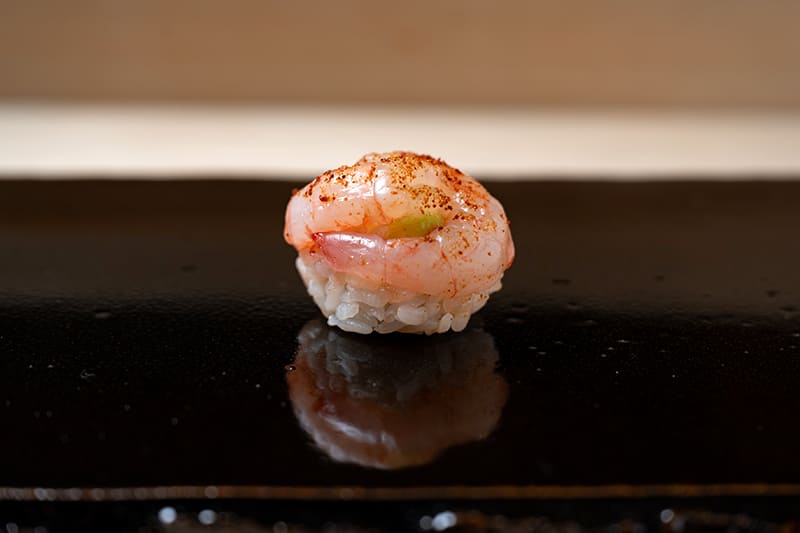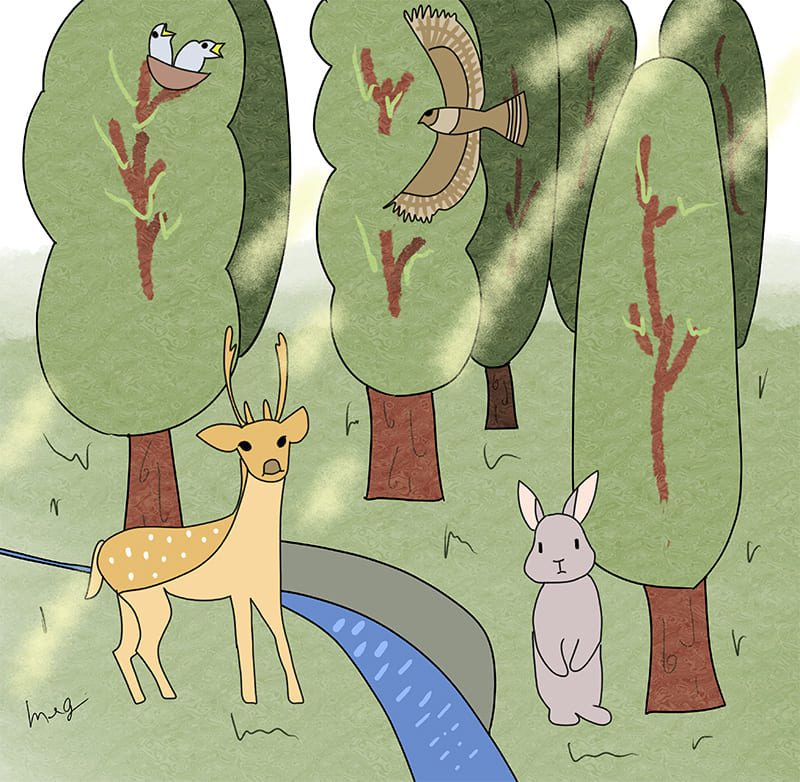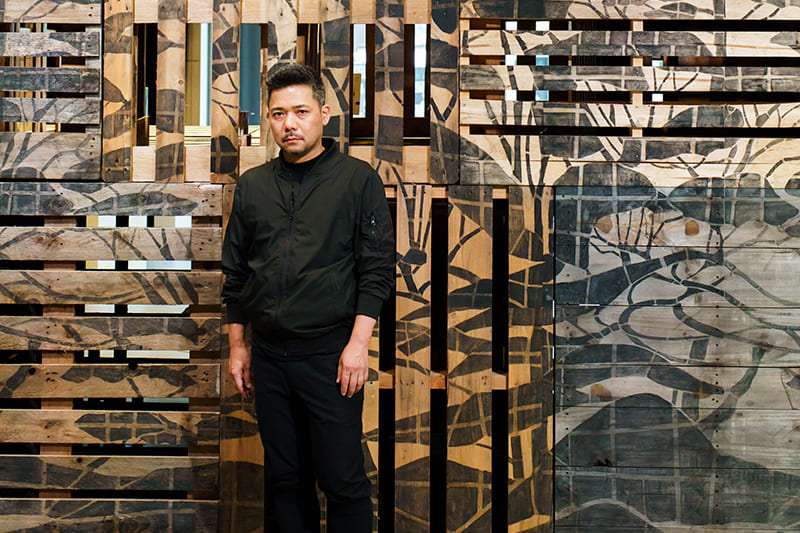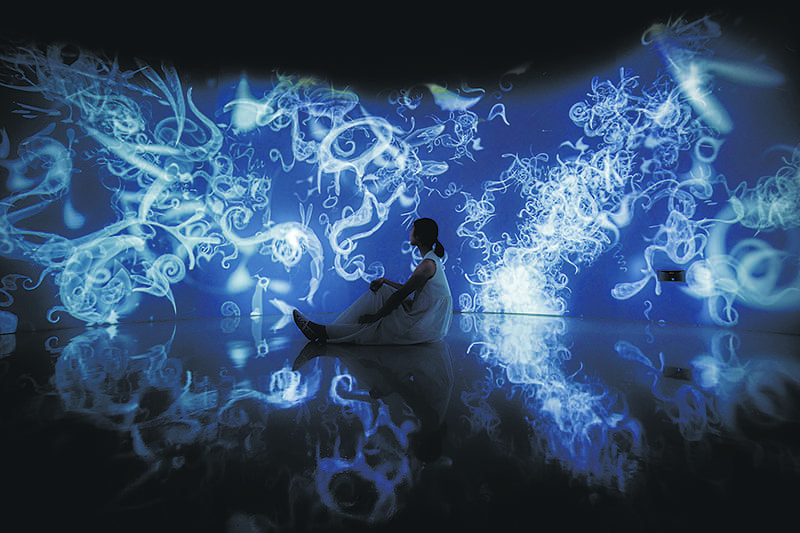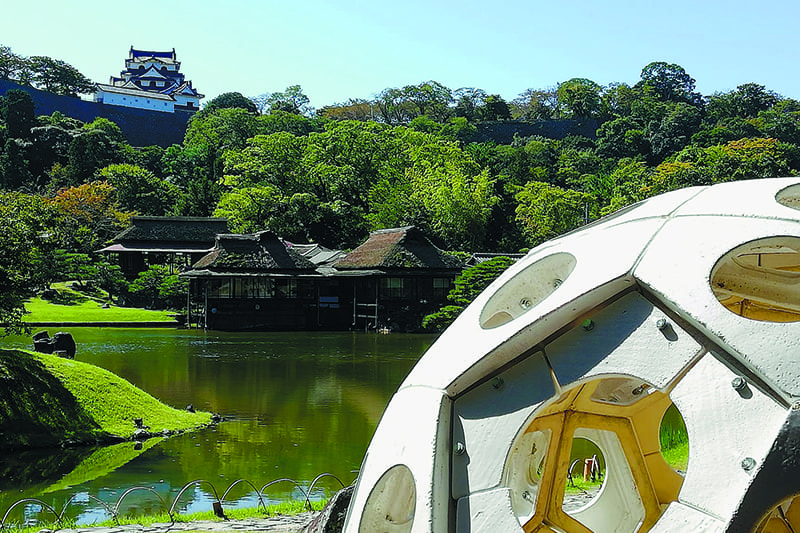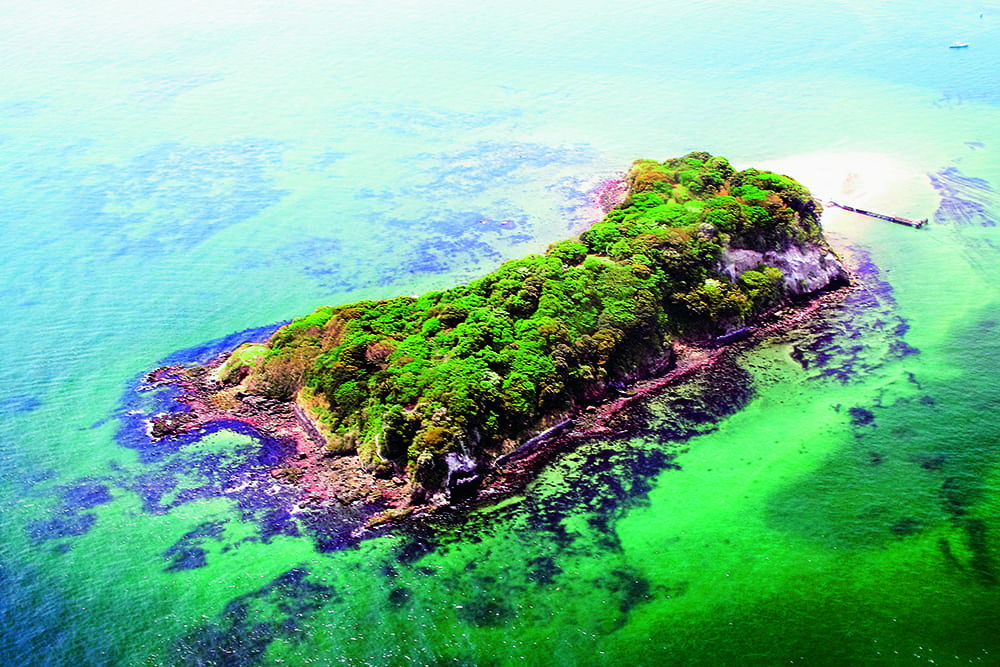September 27, 2021
Films with a message: Nature is ‘capital’ we can’t eat into
MOVIES
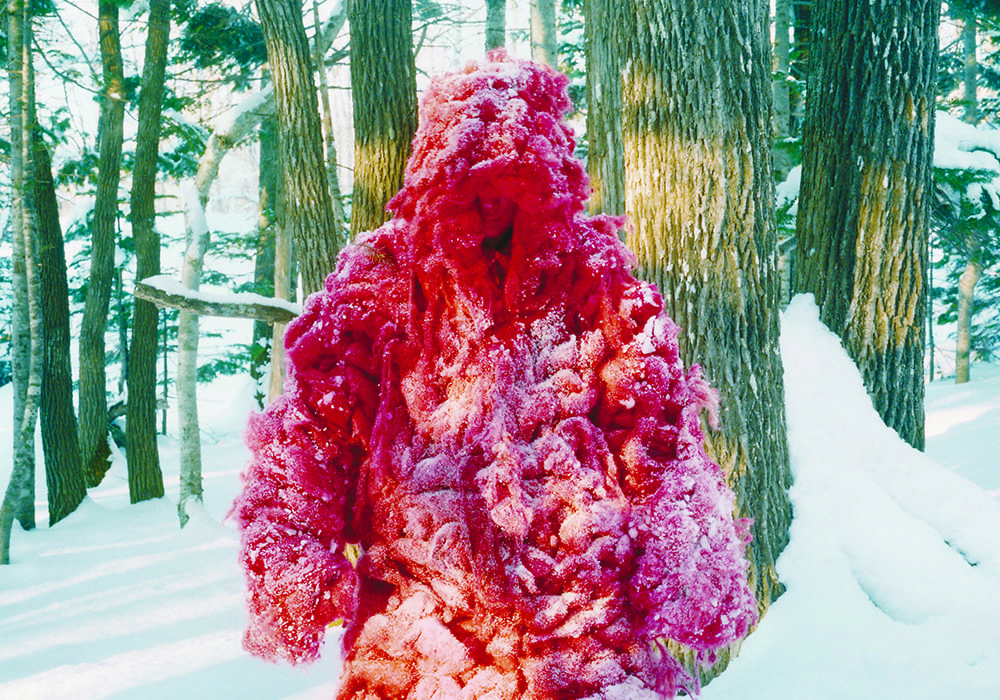
©NAO YOSHIGAI
Films focused on sustainability have, until now, tended to be documentaries showcasing environmental activists. However, prominent among the younger generation of up-and-coming filmmakers are several whose questioning minds have inevitably led them to spotlight the impending threat of climate change and other environmental problems in their creative activities. They produce works confronting the relationship between nature and humankind through highly individual viewpoints and embodied experiences.
One such example is set in the harsh natural environment of Shari, a town on Hokkaido’s Shiretoko Peninsula. Directed by dancer Nao Yoshigai, who also stars in the film, and shot by photographer Naoki Ishikawa, “Shari” depicts a stark reality. Changes wrought on the ecosystem by global warming have caused fish catches to decline, inflicting a heavy blow on the local fishing industry. Too hungry to hibernate, bears come down into the town from the mountains in search of food. In this settlement, whose construction robbed wildlife of their habitats, the boundary of coexistence between humans and animals has been crossed, in some cases forcing people to kill other creatures to survive. One particular line, spoken by a local, lingers in the ears: “Nature is capital. We should leave the principal untouched and use the interest it generates to feed ourselves.” This sound argument encapsulates the kind of sustainable society we are trying to achieve.
Humans emerged as part of the natural environment with which the Earth has been endowed, living in harmony with other creatures and influencing each other. But we sought to monopolize nature as though it were our property alone, consuming, destroying and discarding, and are only now waking up to the consequences. These young filmmakers are driven by the deep disquiet that their own generation and that of their children might be the ones who suffer the full penalty.
Sometimes immersing themselves bodily in the liminal domain between the natural world and humankind, and at other times exploiting anthropomorphic expressions of nature, they seek to share with the audience their persuasive and compelling experiences.
1 “Shari” (2021)
Director: Nao Yoshigai
This film was spawned when Nao Yoshigai was invited to Shiretoko to participate in “Shashin Zero Banchi Shiretoko” (“Zero Photography Shiretoko”), a project launched by photographer Naoki Ishikawa with local photography enthusiasts to highlight and promote the area’s appeal. With works such as “Grand Bouquet,” which was included in the Directors’ Fortnight program at the Cannes Film Festival, Yoshigai is garnering attention for films in which she pursues physical modes of expression that tap into her skills as a dancer. Dressed as a “red thing” somewhere between human and beast, Yoshigai roams the Shiretoko Peninsula town of Shari, where the balance enabling people, wildlife and nature to coexist is being shifted by the effects of climate change. The film is a collage of documentary and fiction, in which the sights and sounds of nature are interlaced with the director’s own tales. Coming to theaters nationwide from Oct. 23.
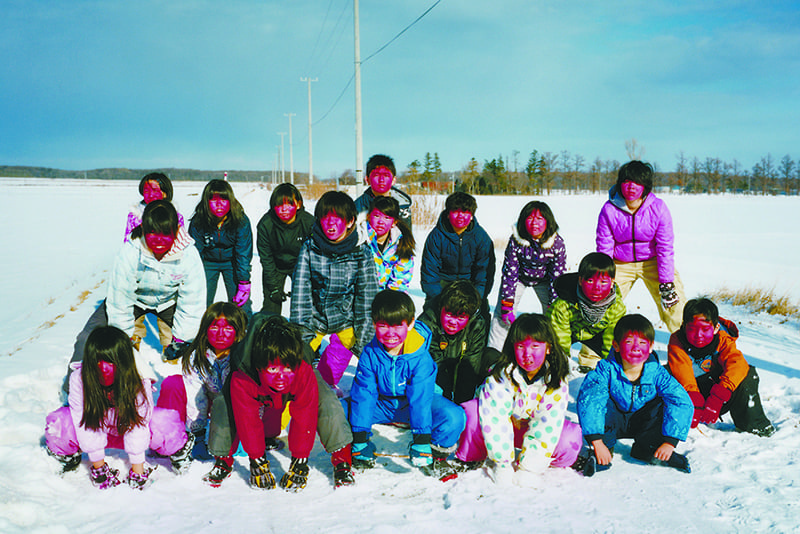
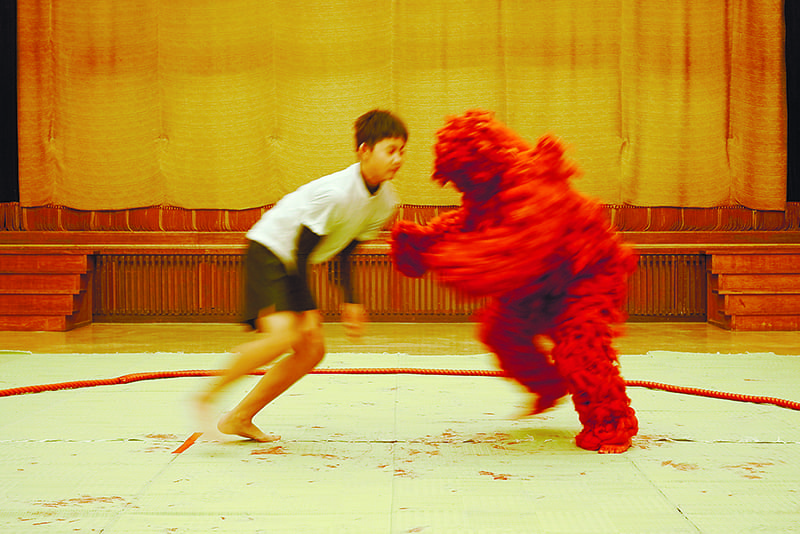
©NAO YOSHIGAI
2 “Kanarta: Alive in Dreams” (2020)
Director: Akimi Ota
Visual anthropologist Akimi Ota spent more than a year living in a Shuar village in the Amazon rain forest, following the everyday lives of this indigenous people once feared as headhunters. Sharing a saliva-fermented alcoholic drink, the families venture deep into the forest to obtain almost all they need to live, from food to building materials. They face up to the challenges of existence in the narrow margin between modern society and the forest on which they depend for survival, with their discoveries of medicinal herbs and visions induced by stimulant plants helping them to maintain a steadfast yet flexible outlook on the world. This cinematic experience confronts the viewer with a way of life rooted in coexistence with nature that still survives in the Amazon today despite deforestation and myriad other drastic changes. Will be released nationwide from Oct. 2.
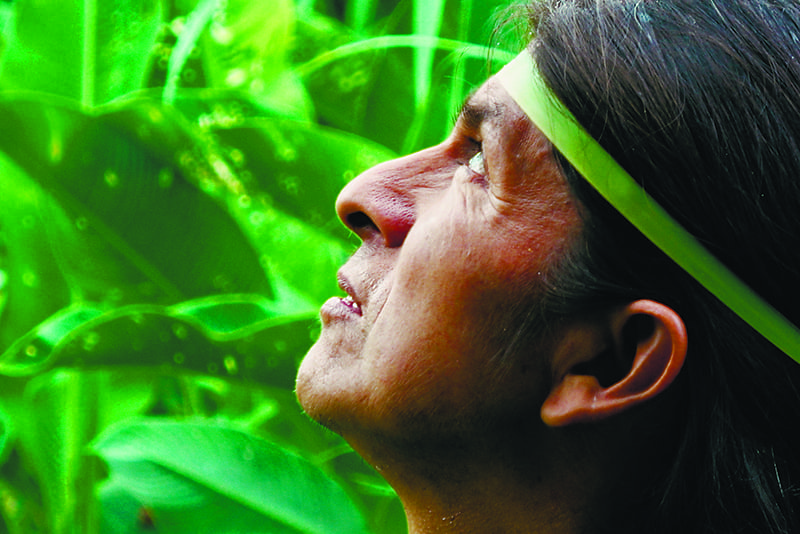
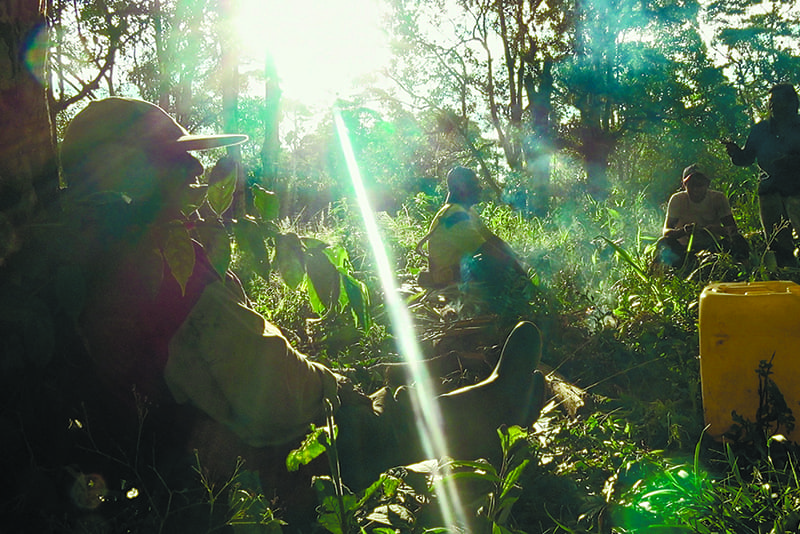
©AKIMI OTA
3 “Reframing” (2021)
Director: Chikako Yamashiro
Okinawan contemporary artist Chikako Yamashiro maintains her track record of presenting works that leverage her perspective as a stakeholder to put Okinawa’s problems under the microscope. Set in Nago’s Awa district, which is renowned for its karst limestone landscape, her latest work is a fable weaving together the mountain and marine environments threatened by the construction of a U.S. military base. The film superimposes on modern scenery the identity of the Okinawan people, who have since ancient times lived in harmony with coral and other flora and fauna. Yamashiro has created a completely novel visual experience, drawing the viewer into the groove through embodiments of herself and others as part of nature, in which the starring role is played by the local landscape anthropomorphized by dancers and actors. Screening until Oct. 10 at Tokyo Photographic Art Museum, as part of the solo exhibition of the same name.
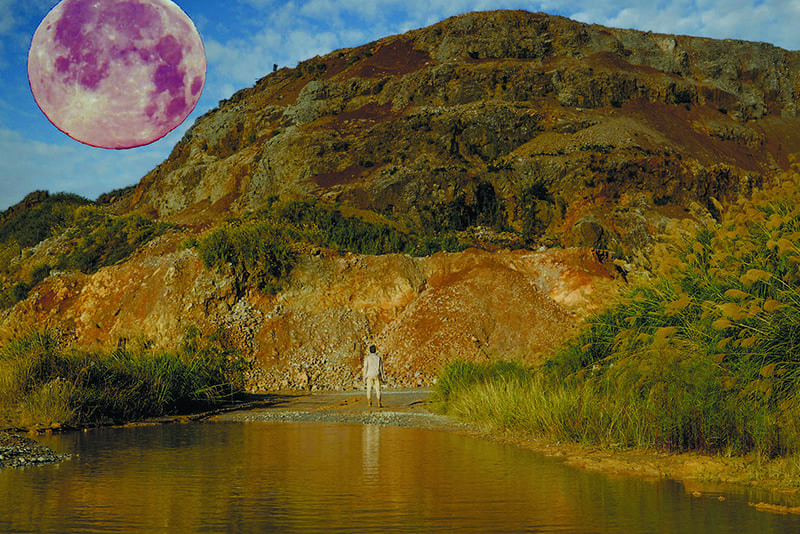
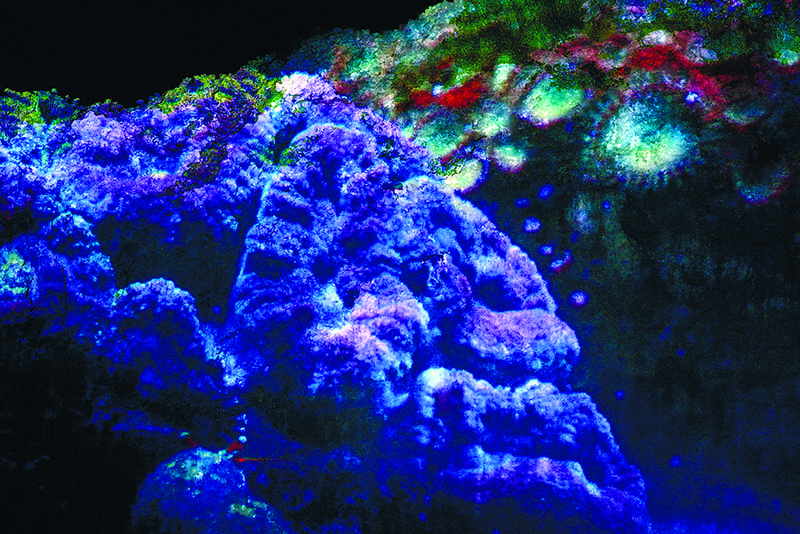
©CHIKAKO YAMASHIRO / COUTESY: YUMIKO CHIBA ASSOCIATES
身体性を通して語りかける次世代の映像作家たち。
未来の社会を担う次世代の映像作家の中で、自身が抱える問題意識と地球環境問題が結びついたテーマのもとで新作を発表した3人の映画監督を紹介する。彼らの特徴は、きわめて個人的な視点と身体性を通した実体験によって、自然と人間の関係性に対峙する映像作品に取り組んでいることだ。
写真家・石川直樹と共に『Shari』(2021)を監督・出演した吉開菜央は、自然・獣・人間がせめぎ合う知床半島の町を彷徨う。
太田光海はアマゾン熱帯雨林の先住民族の村に住み込みながら『カナルタ 螺旋状の夢』(2020)を監督・撮影した。沖縄出身の山城知佳子は『リフレーミング』(2021)で米軍基地建設により脅かされる土地の風景を擬人化した寓話で紡ぐ。
彼らを突き動かすのは自身と、自分の子供たちの世代に、人類の愚行のツケが回ってくるであろうという危機感だ。監督自身が、自然と人間の境界に、身体ごと没入する表現を駆使したグルーヴ感溢れる映像体験を秋公開の新作で共有してほしい。
Return to Sustainable Japan Magazine Vol. 4 article list page

